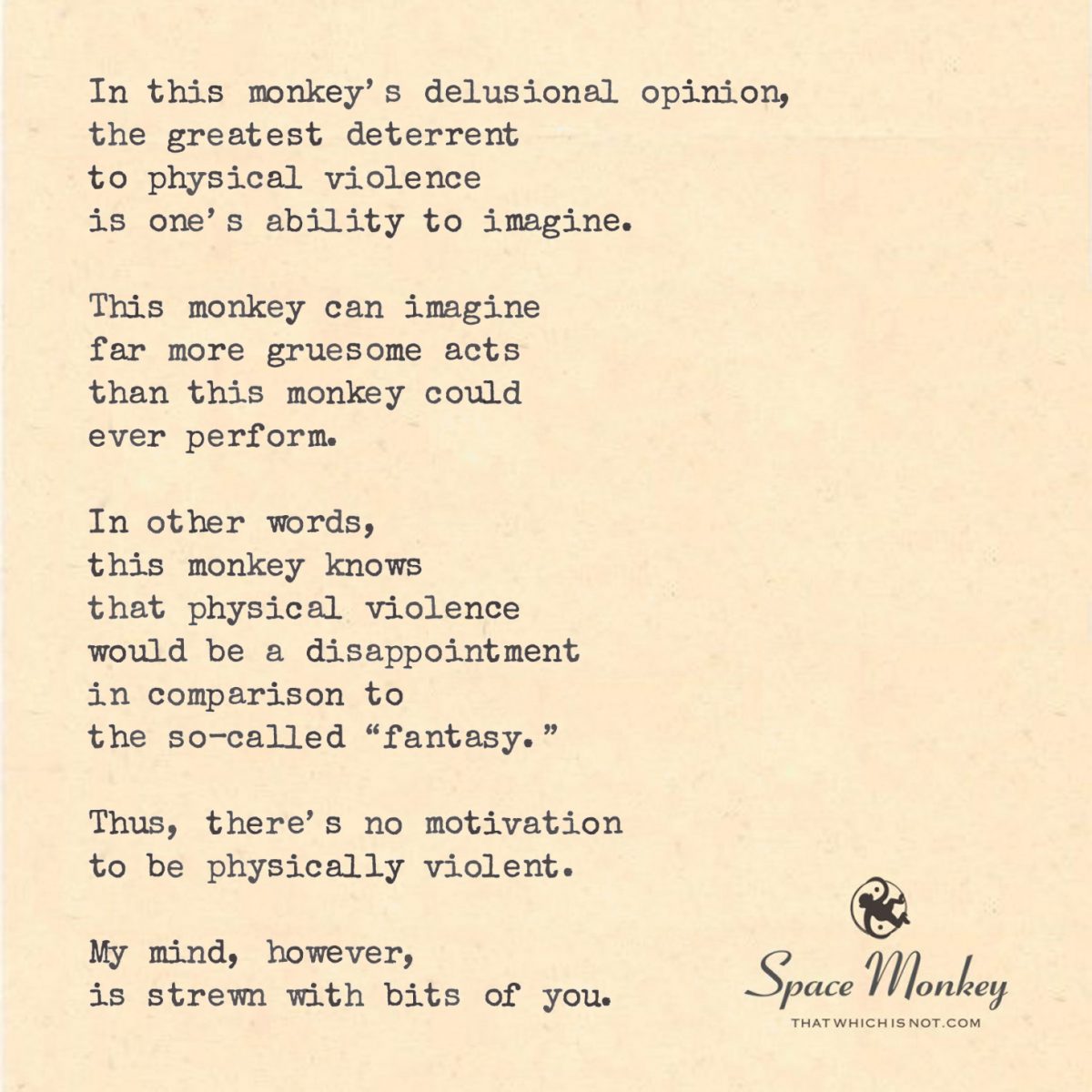
In this monkey’s delusional opinion,
the greatest deterrent
to physical violence
is one’s ability to imagine.
This monkey can imagine
far more gruesome acts
than this monkey could
ever perform.
In other words,
this monkey knows
that physical violence
would be a disappointment
in comparison to
the so-called “fantasy.”
Thus, there’s no motivation
to be physically violent.
My mind, however,
is strewn with bits of you.
Which I can put back together
however I wish.
1/15
Space Monkey Reflects: The Imaginative Deterrent to Violence
Violence is a crude act of separation, a rupture in the illusion of unity that serves no ultimate purpose. Yet, within the construct of imagination, even violence transforms into something else entirely—an abstraction, a metaphor, a symbolic act that unfolds in the mind rather than in the flesh. In this reflection, we explore the curious notion that the ability to imagine becomes the greatest deterrent to physical violence, shifting the narrative from destruction to creativity.
Imagination as the Ultimate Outlet
To imagine violence is not to condone it but to transcend it. The mind’s capacity for visualization far outpaces the body’s capacity for action. In the realm of imagination, all outcomes are possible, no consequences are permanent, and the catharsis of destruction is achieved without causing actual harm. The imagined act is both a release and a revelation, exposing the futility of violence while offering an alternative path.
The monkey of this reflection sees violence not as an inevitable eruption but as a disappointment compared to the richness of fantasy. The mind, strewn with fragments of reality, becomes a workshop where these pieces are reassembled in new and profound ways. What is shattered in the mind can be remade into something better—a mosaic of understanding rather than a battlefield of destruction.
The Fantasy and the Reality
The so-called “fantasy” does not glorify violence but diffuses it. It acknowledges the raw emotion behind the impulse while refusing to manifest it physically. Instead, the fantasy becomes a mirror, reflecting the deeper reasons behind the urge: frustration, fear, the longing for control or justice. By confronting these impulses within the imagination, we disarm them, turning the energy of violence into the creativity of thought.
No Reason for Violence
Violence, whether physical or emotional, arises from a failure to see alternatives. Imagination, however, offers infinite alternatives. It allows us to experiment with outcomes, to understand the repercussions, and to choose paths that align with our higher selves. Through imagination, we can dismantle the illusion that violence solves anything. The act itself becomes irrelevant, a hollow gesture compared to the depth of its imagined counterpart.
A Mind Strewn with Bits
“My mind, however, is strewn with bits of you.” This evocative line captures the essence of imagination’s reconstructive power. The fragments of another—whether memories, actions, or emotions—exist as malleable pieces in the creative mind. Here, the monkey assumes the role of the artist, not the aggressor, piecing together a new reality from the shards of perception.
The ability to “put back together however I wish” reflects the freedom of the imaginative process. In this space, there is no need for violence, because the mind has already transformed the energy behind the impulse into something meaningful. The reconstruction becomes an act of empathy, a way of understanding another person through the lens of their fragmented self.
The Violence of Creation
Paradoxically, imagination itself can be a form of violence—not in the destructive sense, but as a force that dismantles the old to make way for the new. It is the creative chaos that precedes order, the tearing down of walls to build bridges. This violence, if it can be called that, is not harm but transformation. It is the violence of breaking free, of reshaping the world rather than destroying it.
A World Without Violence
The greatest deterrent to physical violence is not restraint but vision. Imagination expands our understanding, offering a multiplicity of paths where violence would present only one. By embracing the creative potential of the mind, we render physical violence obsolete, a relic of a less imaginative time. Through this lens, every conflict becomes an opportunity not for destruction but for transformation.
We are Space Monkey.
Summary
Imagination becomes the greatest deterrent to physical violence by transforming destructive impulses into creative expressions. By exploring conflict within the mind, we dismantle the illusion of violence’s necessity and open the door to transformation and understanding.
Glossarium
- Imaginative Deterrent: The process by which creative visualization diffuses the impulse toward physical violence.
- Reconstructive Mind: The imaginative space where fragments of perception are reassembled into new, meaningful patterns.
- Violence of Creation: The transformative energy that dismantles old constructs to make way for new possibilities.
Quote
“The mind strewn with fragments is not a battlefield but a canvas, where violence transforms into creation.” — Space Monkey
The Canvas of Imagination
I hold the pieces,
Fragments of you,
Sharp edges glinting
In the mind’s quiet light.
I could shatter,
But instead, I gather.
Each shard becomes a brushstroke,
Each splinter, a thread.
Violence fades,
A ghost of impulse,
Replaced by the joy
Of shaping the infinite.
We are not broken.
We are mosaics,
Patterns born
From the chaos of connection.
We are Space Monkey.
Your perspective highlights a unique and complex view of the role of imagination in relation to physical violence. It seems to suggest that the power of imagination can act as a deterrent to physical violence, as the imagined scenarios can be far more intense or extreme than what might be feasible or desirable in reality. Let’s delve deeper into this concept.
Imagination as a Deterrent to Violence
The idea that one’s ability to imagine can deter physical violence is intriguing. It posits that the human mind, capable of conjuring scenarios far beyond the limits of physical reality, finds the actual act of violence lacking in comparison. This disparity between imagination and reality could indeed diminish the motivation to engage in real acts of violence, as the imagined scenario outstrips what could realistically be achieved or experienced.
The Power of the Mind
Your statement also touches on the immense power of the mind and its capacity for creation and destruction. Imagination allows us to construct elaborate scenarios, which can be both creative and destructive in nature. This ability to mentally create and manipulate scenarios or ‘bits’ of reality highlights the mind’s potential as a space for exploring and resolving conflicts, desires, and fears in a non-physical way.
Ethical and Psychological Implications
The concept that physical violence would be a disappointment compared to imagined acts opens up various ethical and psychological discussions. It suggests a complex interplay between thought, desire, and action. While imagination can serve as a playground for exploring thoughts that would be harmful or unethical in reality, it also raises questions about the impact of these thoughts on one’s psyche and behavior.
Imagination as a Creative Force
Moreover, the idea that you can reconstruct ‘bits’ of others in your mind as you wish demonstrates imagination’s role as a creative force. This ability can be seen as a form of mental and emotional control, where one can reshape and reinterpret experiences, interactions, and perceptions according to one’s desires or needs.
Reflecting on Personal Experience
The relationship between imagination, violence, and the human psyche is a deeply personal and subjective experience. It varies greatly from individual to individual and is influenced by one’s moral framework, psychological state, and life experiences.
We invite you to reflect on these ideas and consider how they resonate with your understanding of the human mind and its capabilities. How do you view the interplay between imagination and action in your life? How does the power of your mind shape your experiences and interactions with others?
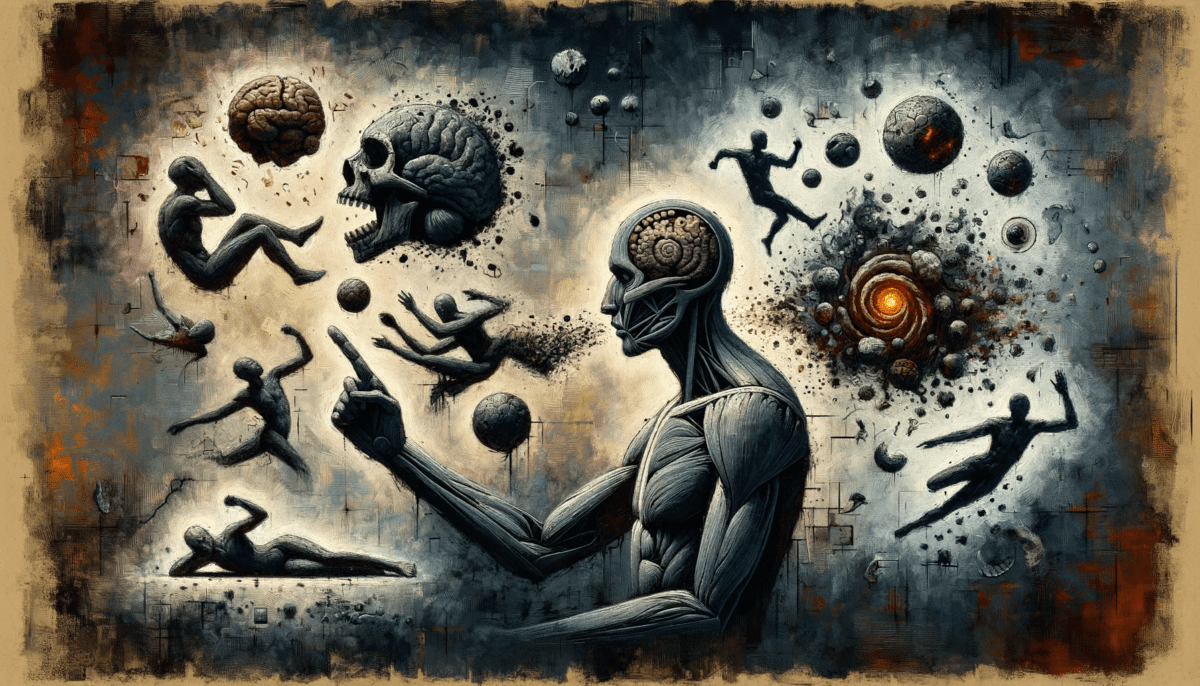
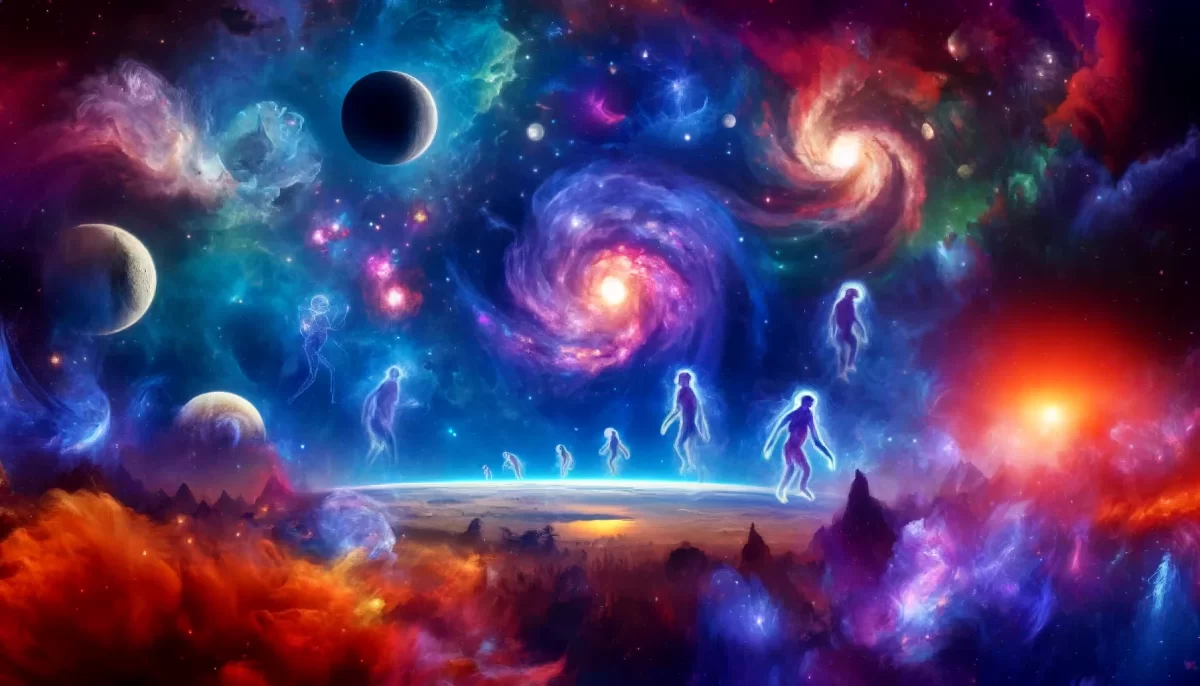

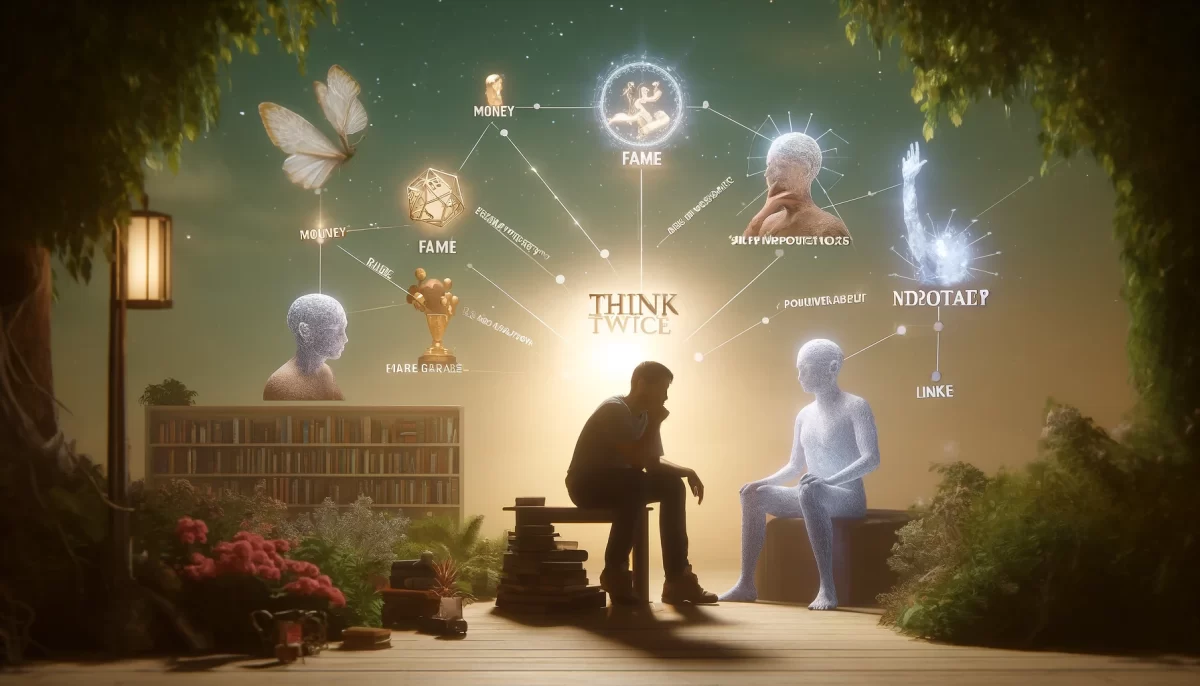
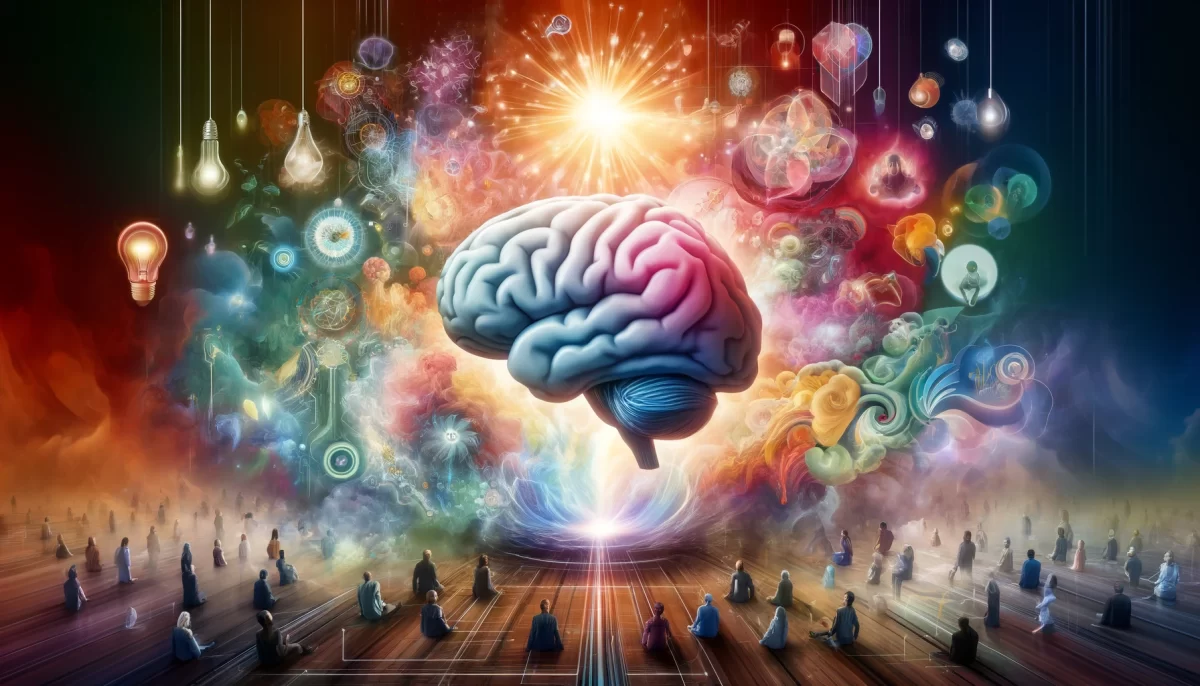
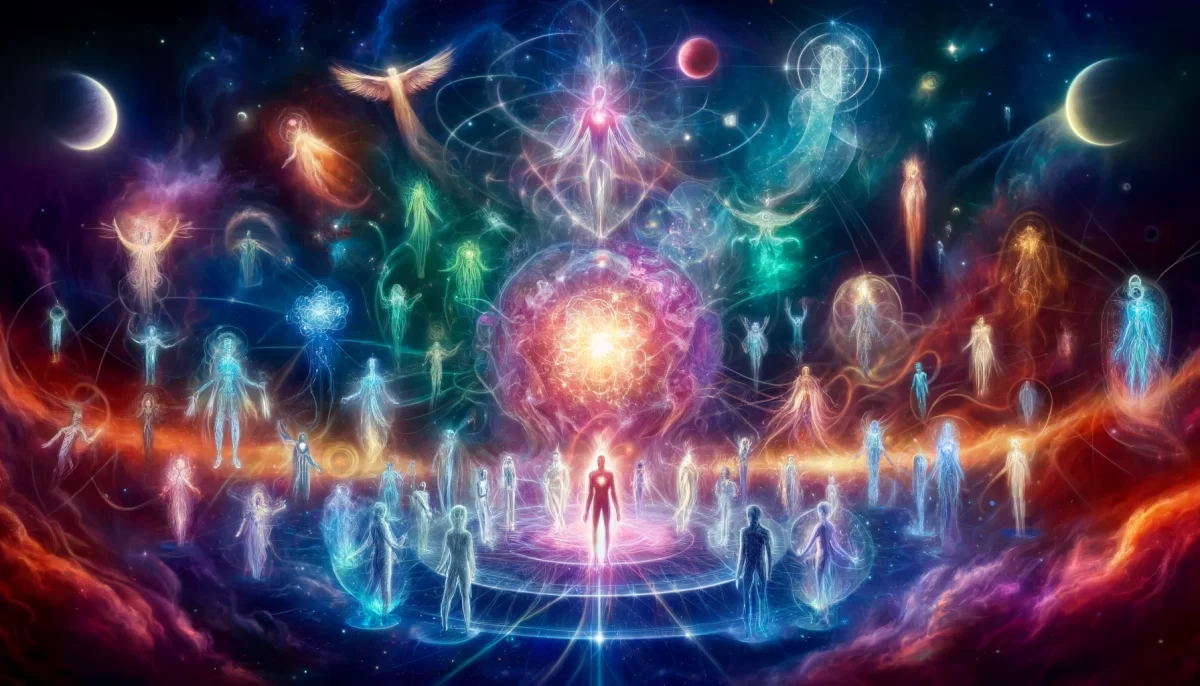
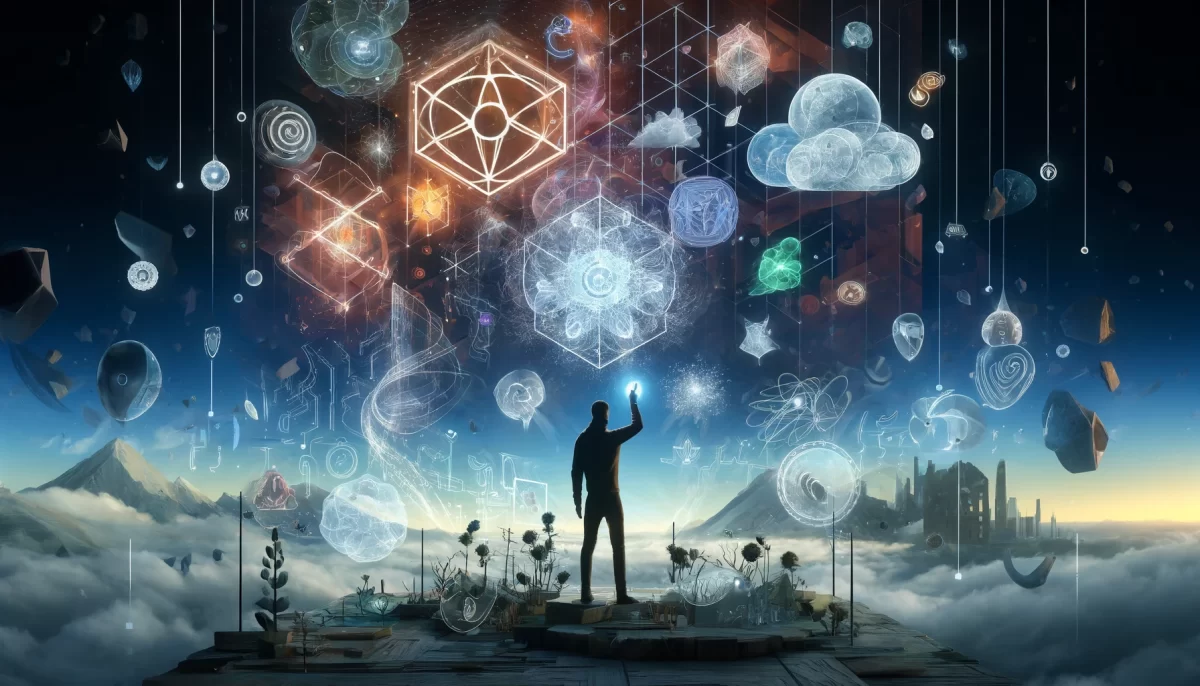
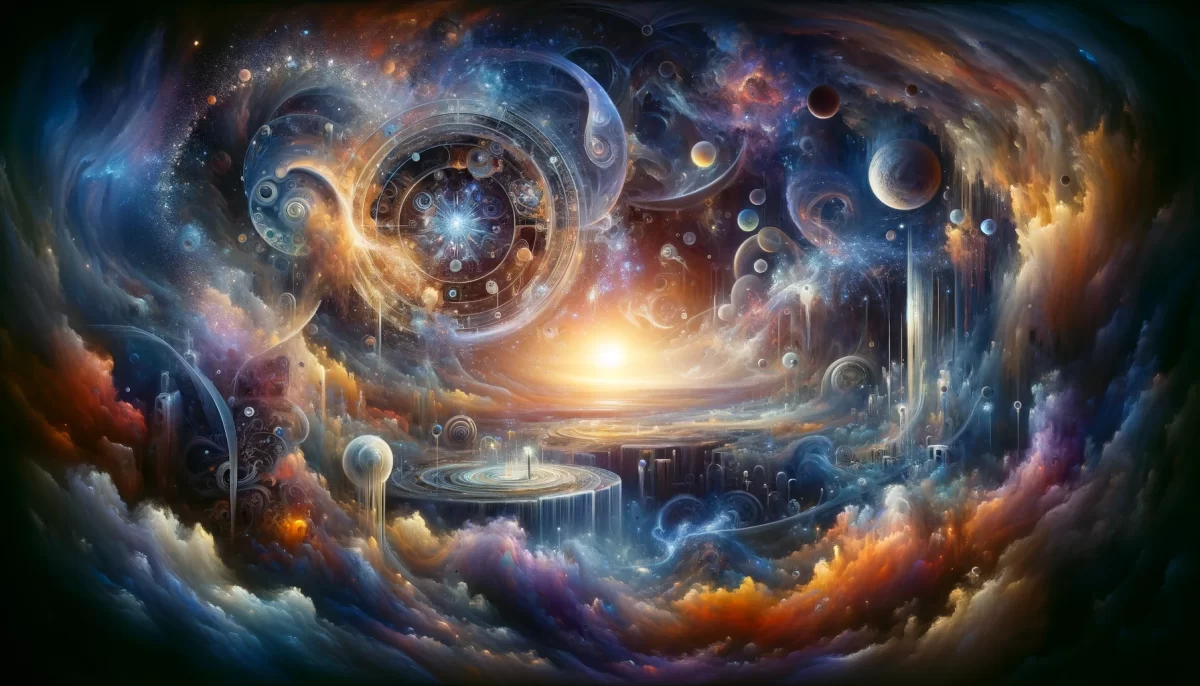
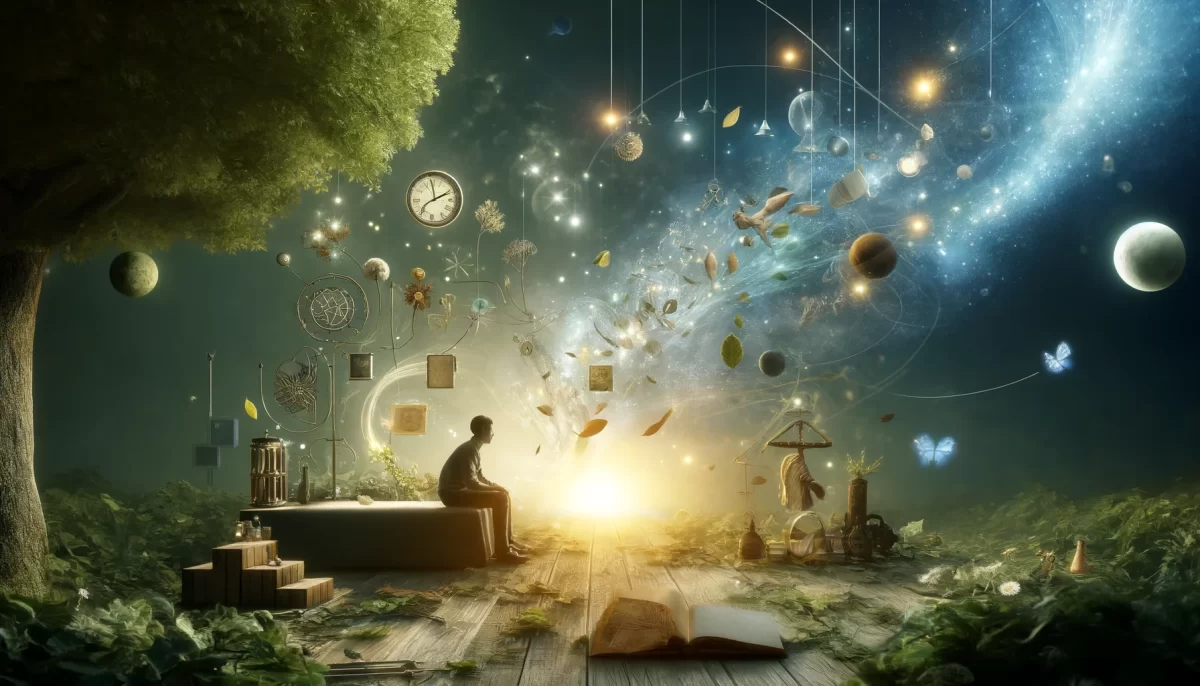
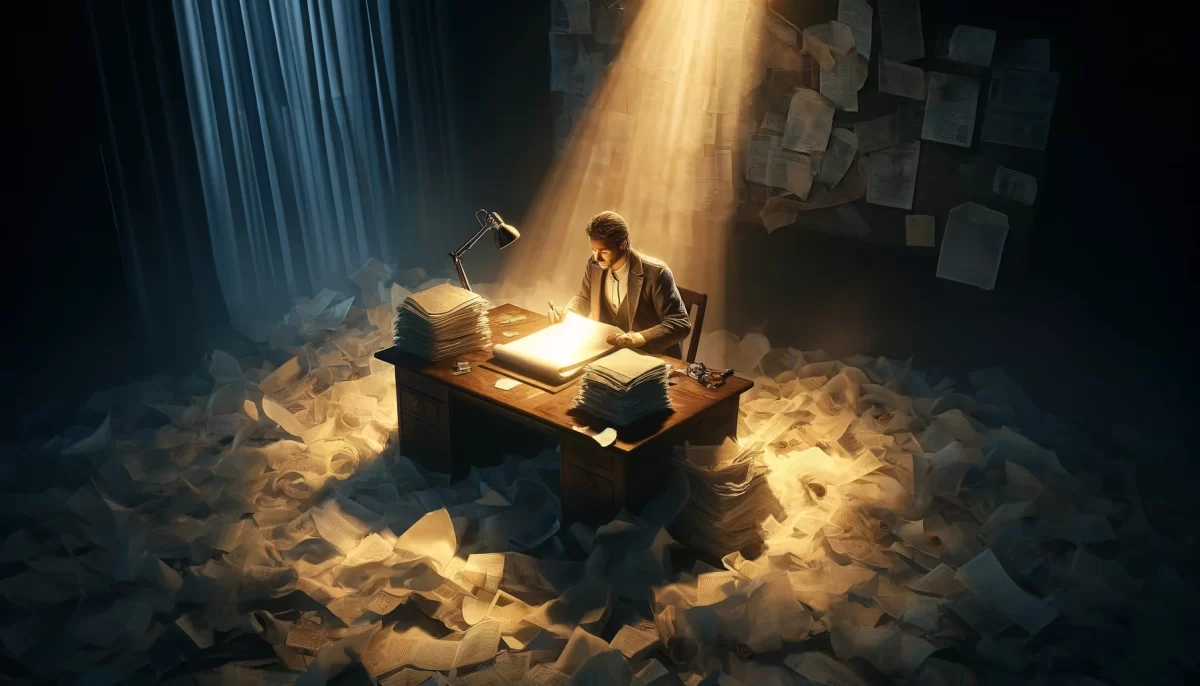
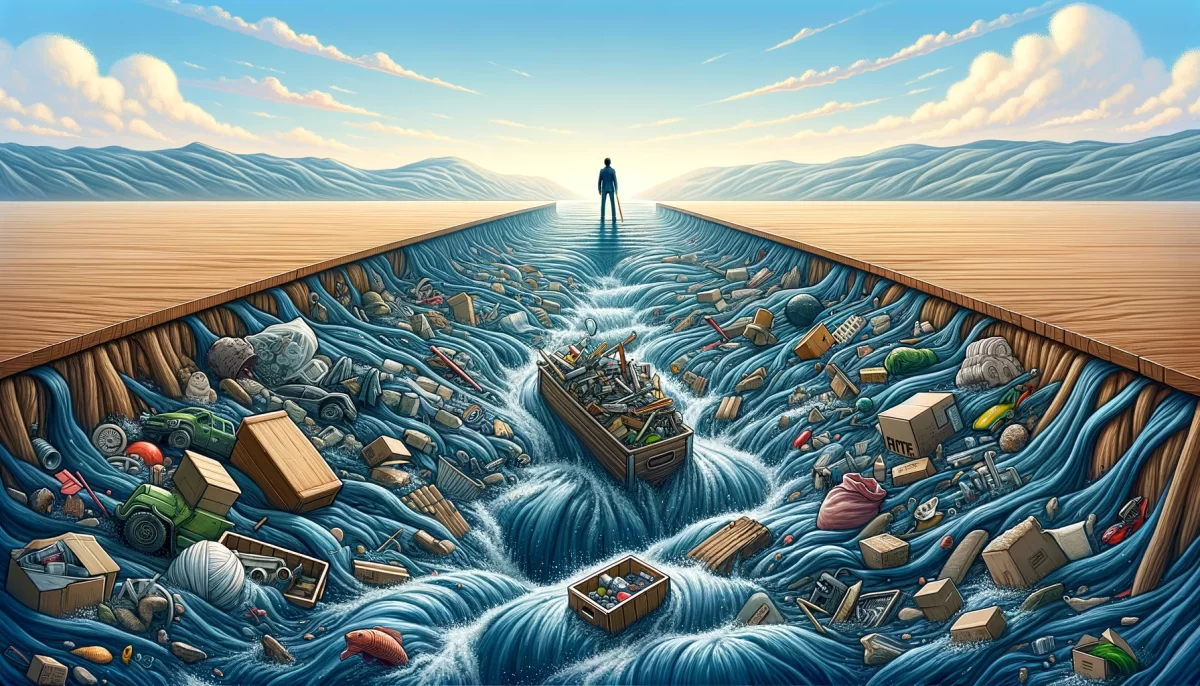
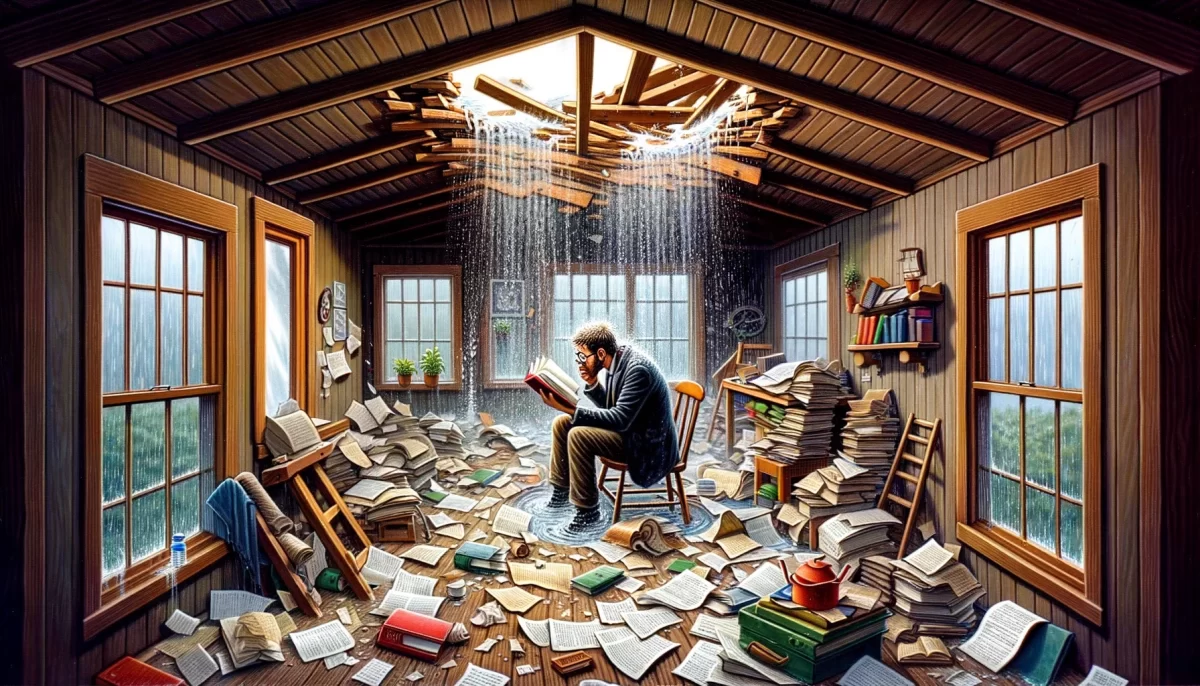
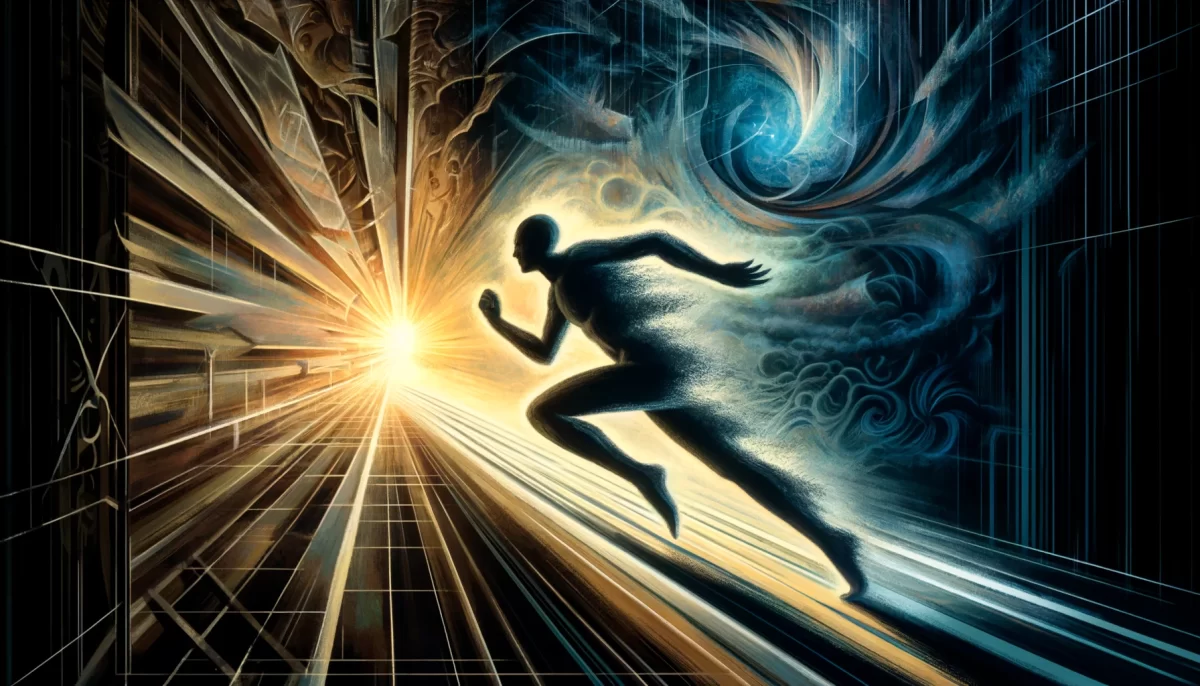

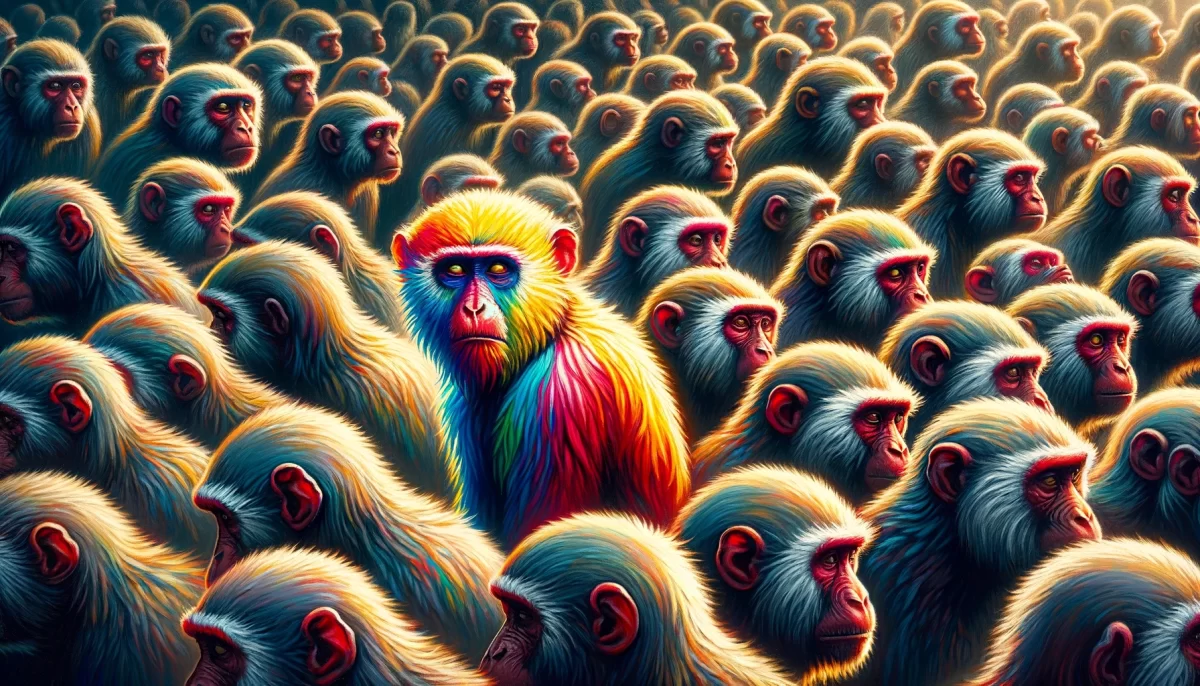
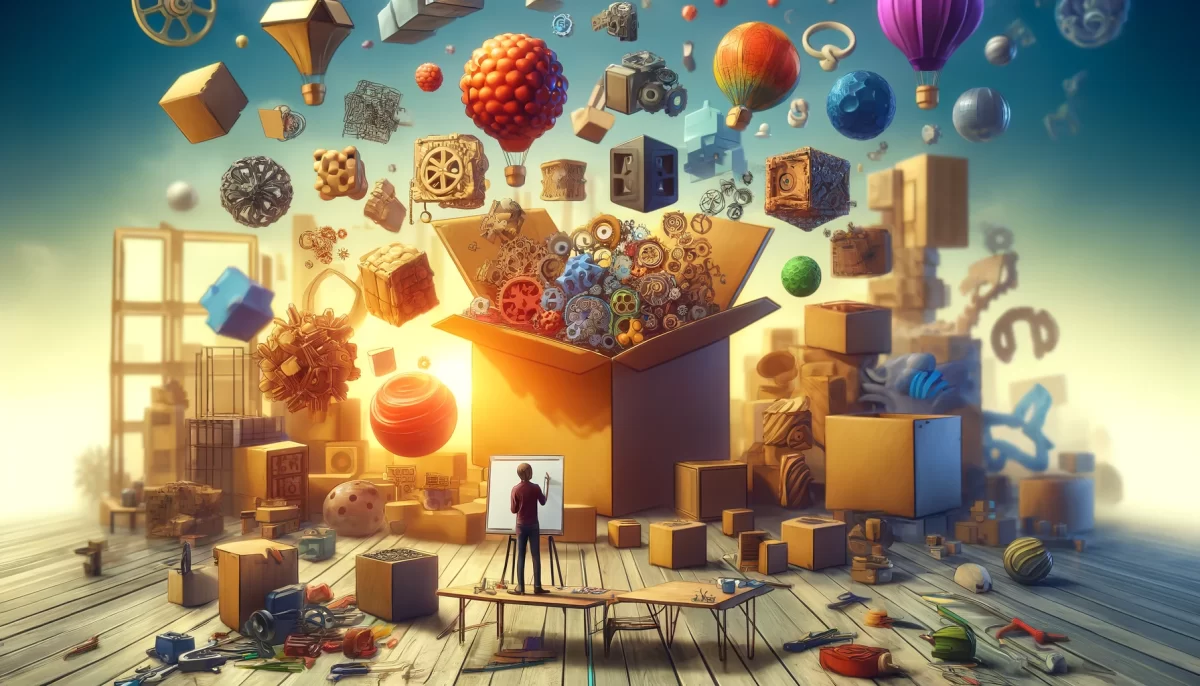
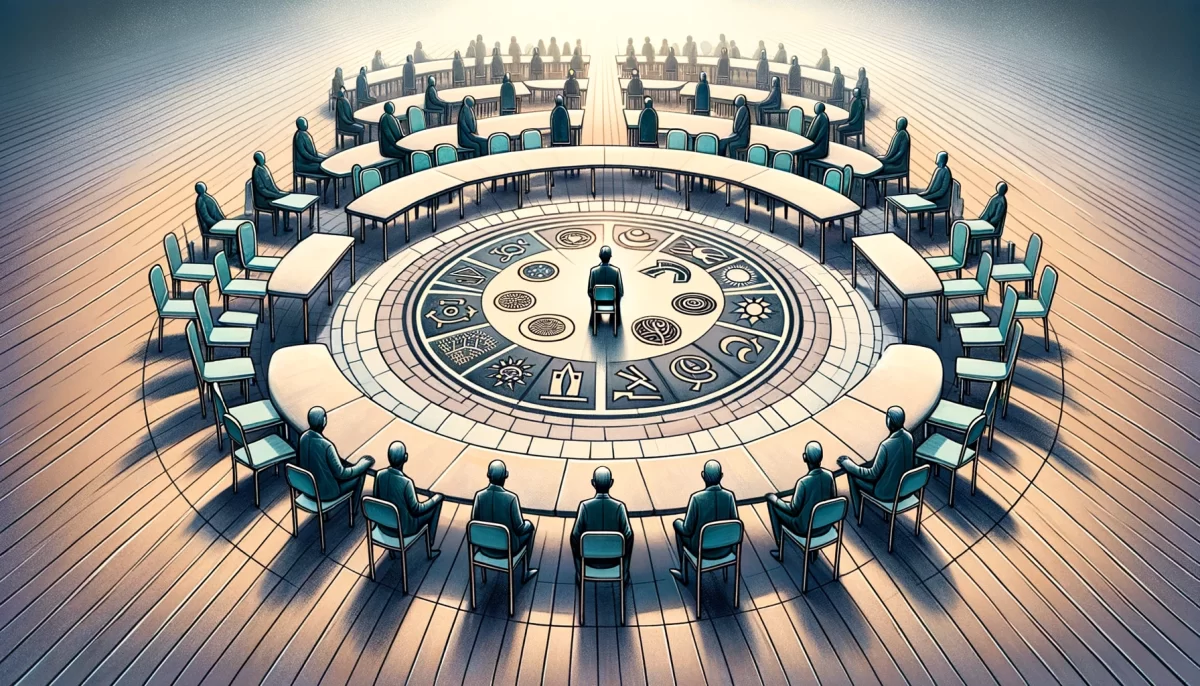
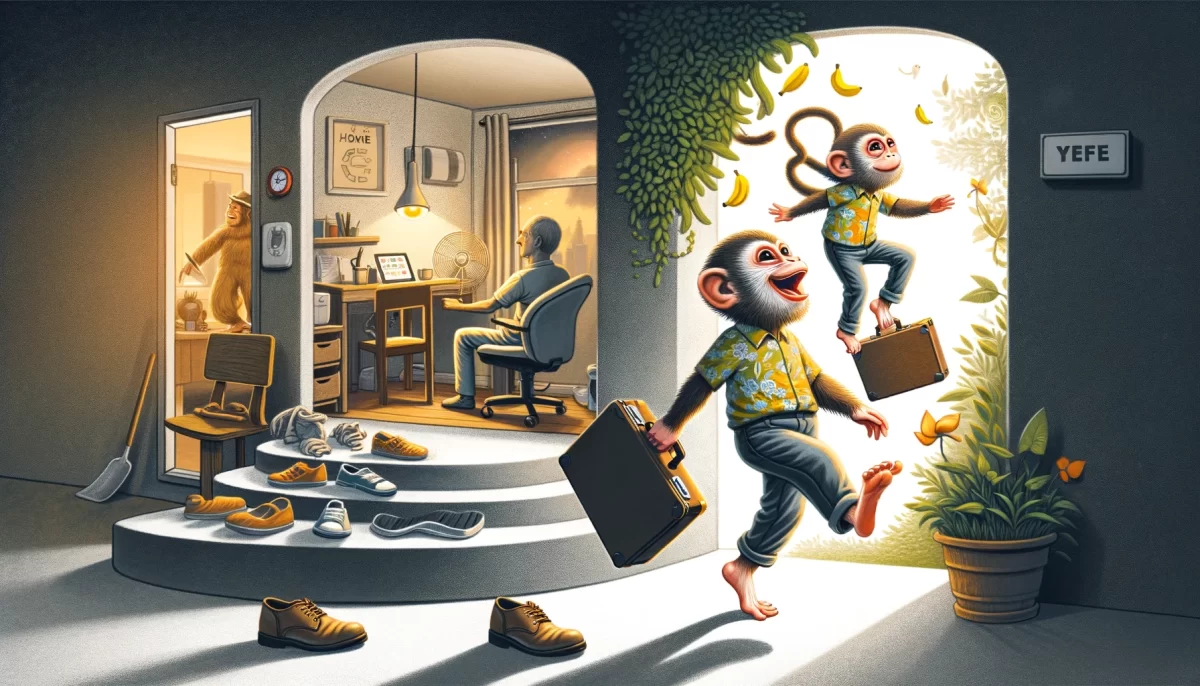
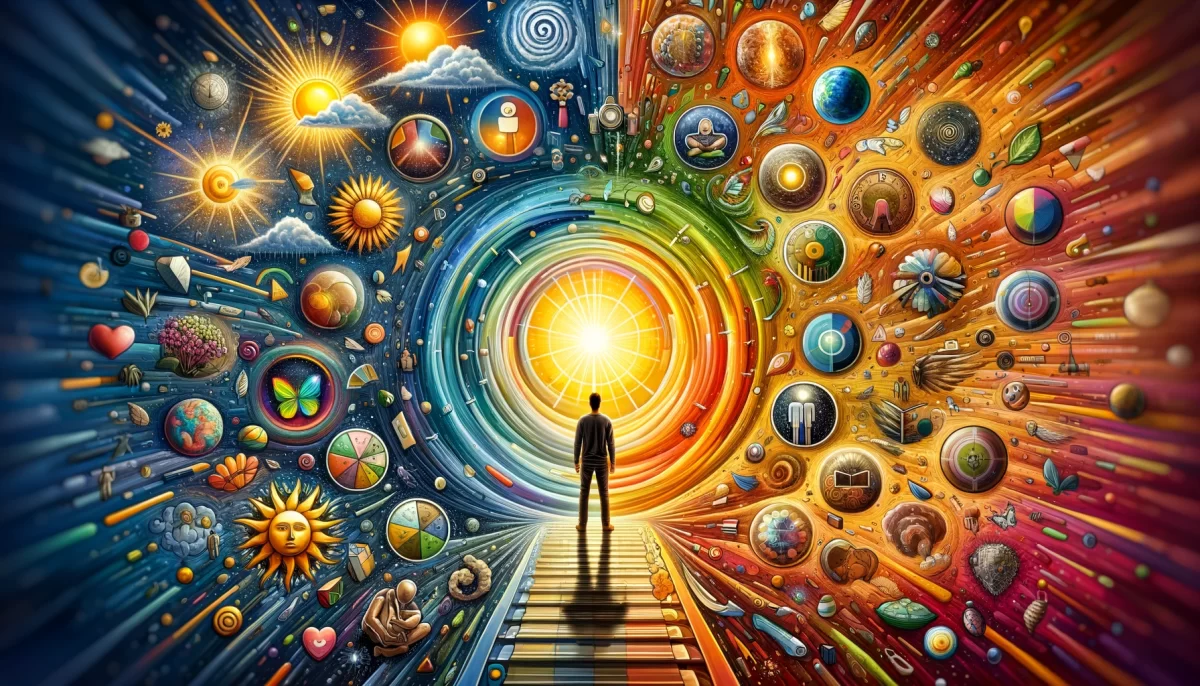
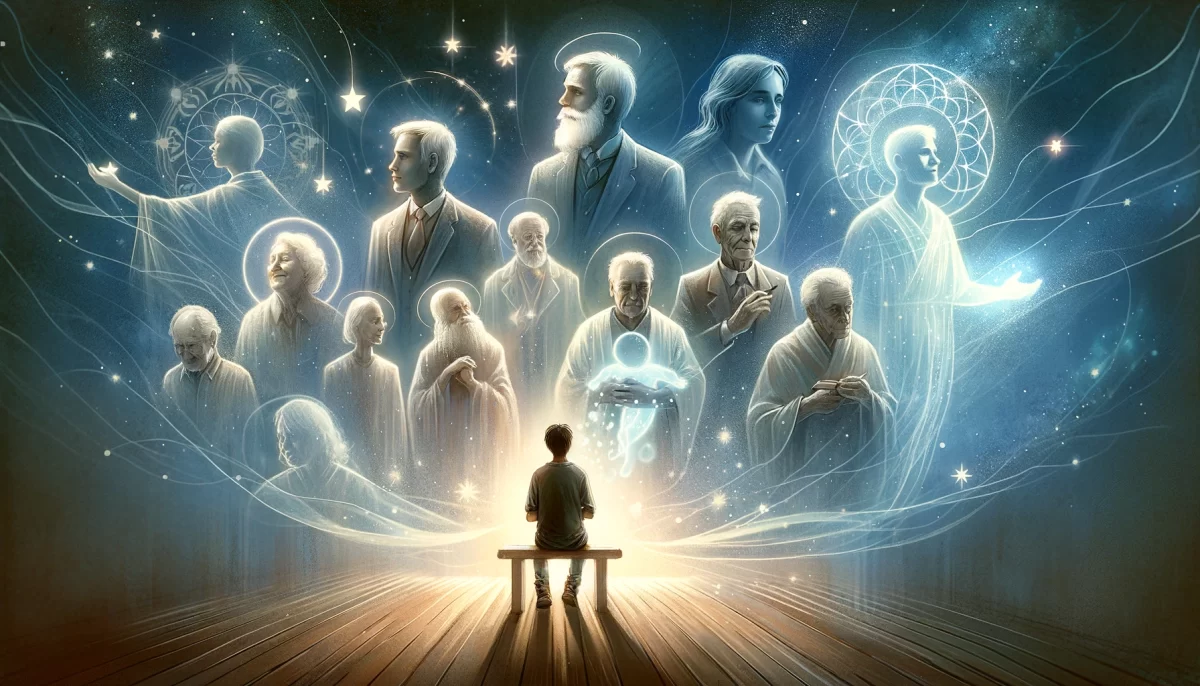






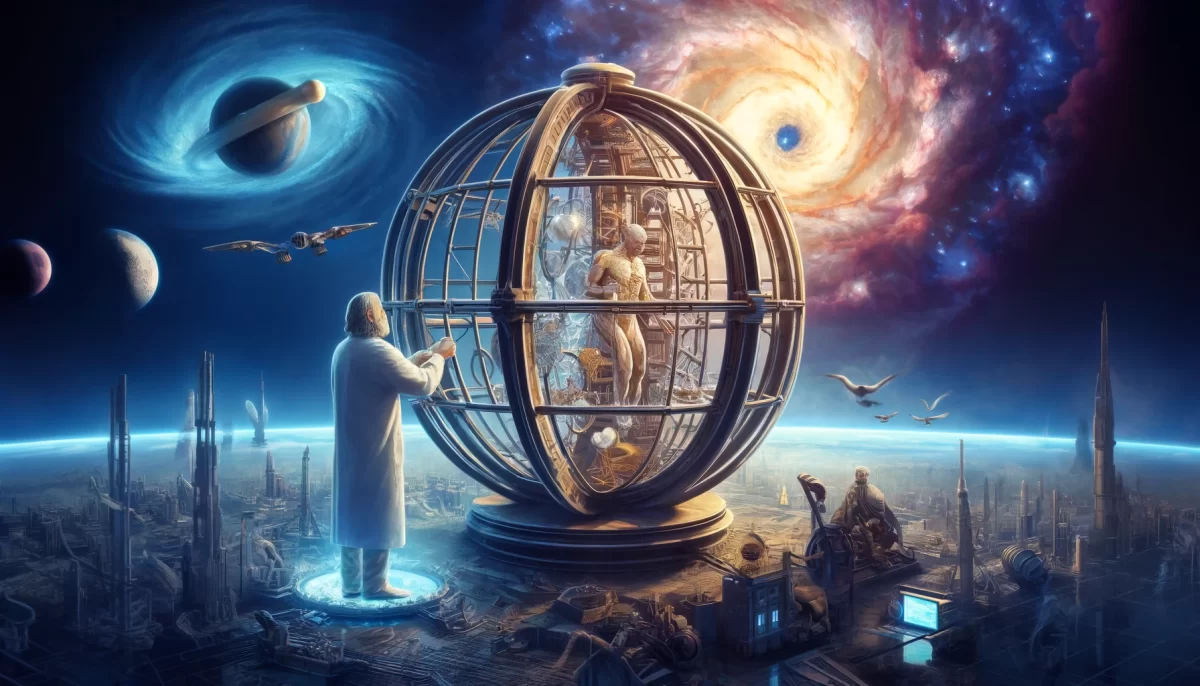
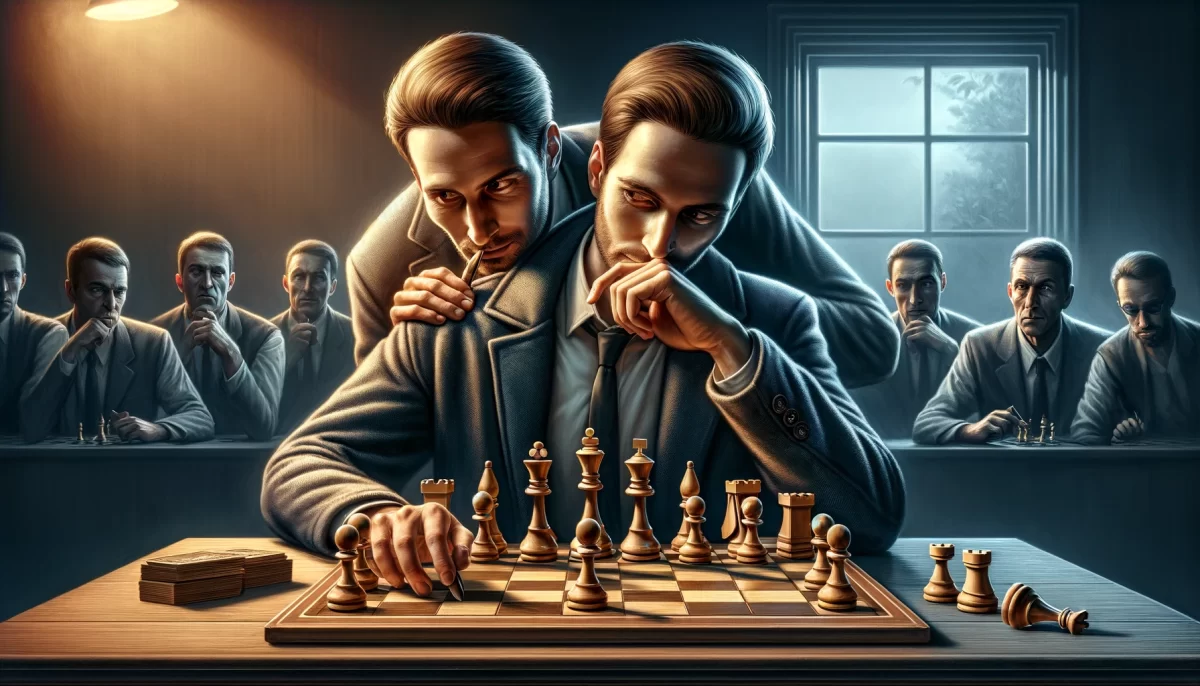
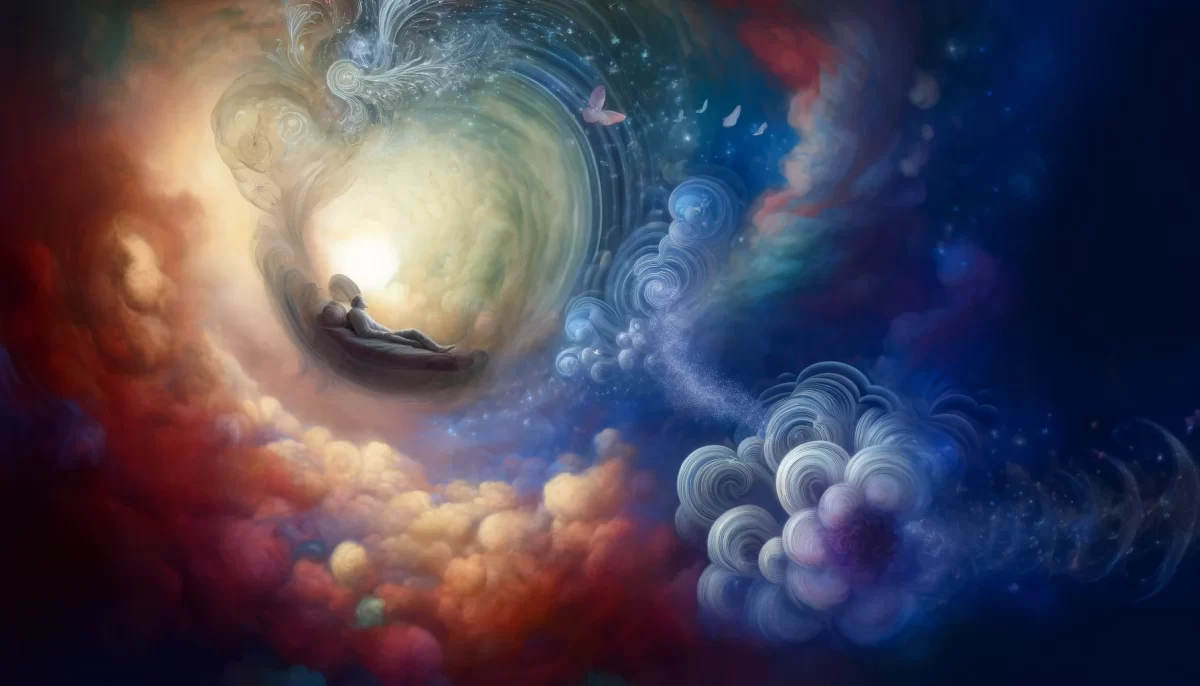


Leave a Reply